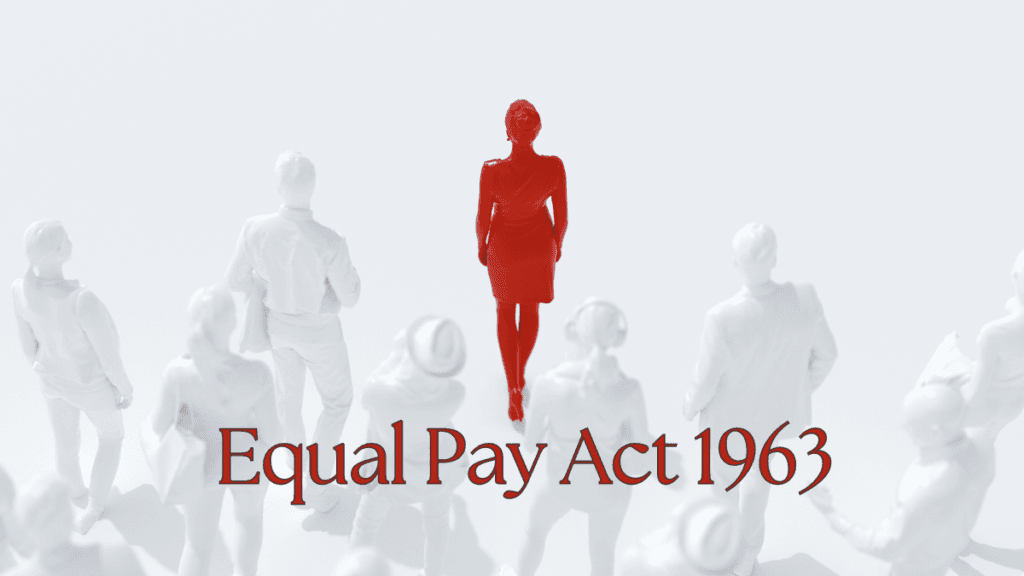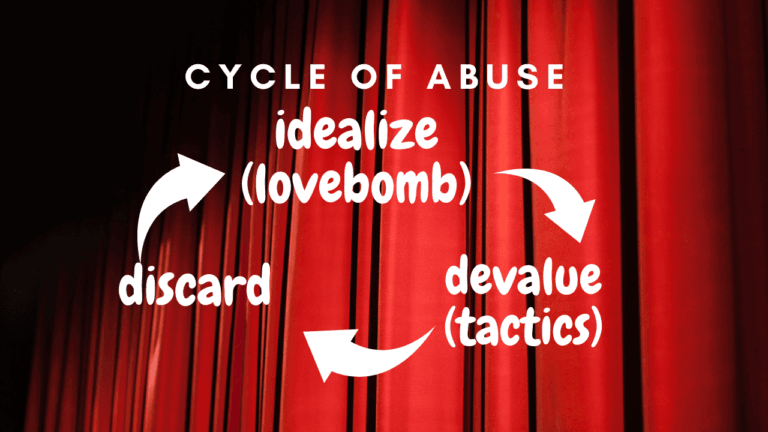7 Ways Women's Education Transforms Society and Why It's Controversial
Women’s education has been a transformative force in societies worldwide, reshaping not only individual lives but also entire communities and nations.
Despite the evident benefits, there remains resistance to the expansion of educational opportunities for women. Understanding why this resistance exists and highlighting the profound societal changes driven by women’s education can lead to a more informed discussion about its importance today.
Historical Oppression of Women
Historically, women have faced significant barriers to independence and equality. Until the late 20th century, women in many countries were denied the right to open a bank account or own property without a male guardian’s consent.
This financial dependence restricted their autonomy and limited their opportunities for education and employment. Women were also largely excluded from higher education and professional fields, with societal norms dictating their primary roles as homemakers and caregivers.
Legal restrictions further reinforced gender inequality, as women were often barred from voting, holding public office, or participating in decision-making processes. These oppressive practices highlighted the systemic discrimination women faced and the long journey toward achieving gender equality.
The progress made in women’s education and rights today underscores the resilience and determination of women throughout history to challenge these barriers and advocate for their rightful place in society.
| Year | Event |
|---|---|
| 1900s | Women in many countries were unable to vote or own property. Gender roles were rigidly defined, and women faced numerous legal and societal restrictions. |
| 1920 | The 19th Amendment was ratified in the United States, granting women the right to vote. |
| 1963 | The Equal Pay Act was signed in the United States, aiming to eliminate wage disparity based on gender. |
| 1974 | The first female Supreme Court Justice, Sandra Day O'Connor, was appointed in the United States. |
| 1980s | International conventions, such as the UN's Convention on the Elimination of All Forms of Discrimination Against Women (CEDAW), gained traction and influenced global policies. |
| 1990s | Women gained increased access to higher education and professional careers. Legal protections against domestic violence and sexual harassment were strengthened in many countries. |
| 2010s | The Me Too movement brought widespread attention to issues of sexual harassment and assault, advocating for greater equality and justice for women. |
| 2020s | Women continue to make strides in political representation, leadership roles, and advocacy for gender equality, though challenges remain in achieving full parity across all sectors. |
What Happens when Women Get Educated?
Educated women are more likely to participate in the workforce, secure better-paying jobs, and contribute to their families’ financial stability. This shift reduces poverty rates, as families with educated women often see higher income levels and improved standards of living. A report from the World Bank suggests that every additional year of schooling can increase a woman’s earnings by up to 20%. Educated women are more likely to invest in their children’s education, perpetuating a cycle of economic improvement.
| Benefit | Description |
|---|---|
| Improved Knowledge | Education provides women with information on family planning methods and reproductive health. |
| Better Health Outcomes | Educated women are more likely to make informed health decisions, leading to improved maternal and child health. |
| Increased Economic Stability | Education helps women gain employment and financial independence, allowing them to better support their families. |
| Reduced Fertility Rates | With education, women often choose to have fewer children, which can lead to better resource allocation and family well-being. |
Promoting Healthier Communities
Women’s education directly impacts community health outcomes. Educated women are more likely to access healthcare services, understand nutrition, and practice preventive health measures. According to UNESCO, a child born to a literate mother is 50% more likely to survive past the age of five. Women’s education also correlates with lower maternal and infant mortality rates, improved family planning, and better reproductive health.
Fostering Gender Equality
Education empowers women to challenge traditional gender roles and advocate for their rights. It provides them with the tools to participate in decision-making processes at home, in the workplace, and in politics. As women become more educated, they can demand equal pay, challenge discriminatory practices, and advocate for policies promoting gender equality. This shift is crucial for dismantling long-standing societal norms that have historically marginalized women.
Enhance Economic Growth
An increase in women’s education levels boosts economic productivity and growth. Educated women are better equipped to innovate, lead, and drive economic development. The McKinsey Global Institute estimates that advancing women’s equality could add $12 trillion to global GDP by 2025. By harnessing the talents and skills of educated women, societies can unlock new economic opportunities and foster innovation.
Reducing Violence Against Women
Education raises awareness about women’s rights and helps challenge cultural norms that perpetuate violence against women. Educated women are more likely to speak out against domestic violence, seek legal protection, and support policies that promote gender-based violence prevention. This awareness creates a safer environment for women and fosters a culture of respect and equality.
Encouraging Political Participation
Education empowers women to engage in political processes, either by voting or running for office. Educated women are more likely to understand their political rights and advocate for policies that benefit women and their communities. Increasing women’s political representation ensures diverse perspectives in policymaking, leading to more inclusive and effective governance.
Environmental Sustainability
Educated women tend to have smaller, healthier families and are more likely to engage in sustainable practices. They are better equipped to understand environmental issues and contribute to conservation efforts. Women’s education plays a crucial role in promoting sustainable development and addressing global environmental challenges.
The Opposition
Despite these benefits, there is still resistance to women’s education in various parts of the world. Some argue that traditional gender roles should be preserved, fearing that educated women may challenge societal norms and disrupt family structures.
Others believe that resources should be allocated to men’s education, viewing it as a more profitable investment. Cultural and religious beliefs can also play a role in opposing women’s education, as some view it as a threat to established power dynamics.
Opponents of Women's Rights
| Opposing Party | Reason for Opposition |
|---|---|
| Traditionalists | Believe in preserving established gender roles and argue that changes threaten family structures and societal stability. |
| Religious Conservatives | Interpret religious doctrines in ways that restrict women's rights, fearing that gender equality reforms conflict with their beliefs. |
| Political Groups | Resist women's rights advancements due to fears of disrupting power dynamics or losing economic advantages tied to gender disparities. |
| Patriarchal Societies | View women's empowerment as a challenge to male authority and privilege, leading to resistance against gender equality initiatives. |
| Cultural Conservatives | Argue that women's rights conflict with traditional cultural norms and practices, viewing changes as a threat to cultural identity. |

The Equal Pay Act 1963
Early Advocacy
- 1919: The League of Women Voters advocated for equal pay for women, recognizing the disparity in wages between men and women.
- 1940s-1950s: Post-World War II, women continued to face wage inequality despite their significant contributions during the war. The disparity became more pronounced as women were encouraged to leave the workforce to make way for returning male veterans.
Formation of Key Events
- 1942: The Congress of Industrial Organizations (CIO) supported equal pay initiatives, reflecting growing labor movement support for gender equality.
- 1950s: The Women’s Bureau of the U.S. Department of Labor collected data and reported on wage disparities, further raising public awareness.
Still an Issue?
- Persistence of Wage Gaps: Despite the Equal Pay Act, wage gaps between men and women persist due to various factors, including occupational segregation, differences in hours worked, and the undervaluation of work traditionally performed by women.
- Implementation and Enforcement: Enforcement of the Equal Pay Act has faced challenges, including difficulties in proving discrimination and limited remedies for affected employees.
Changes in Society
- Legislative Updates: Subsequent laws, such as the Lilly Ledbetter Fair Pay Act of 2009, have aimed to address gaps and improve enforcement mechanisms.
- Increased Awareness: There is greater societal awareness and advocacy around pay equity, driven by movements like #MeToo and ongoing campaigns for fair wages.
- Corporate Initiatives: Many companies now conduct pay audits and implement policies to address wage disparities, although practices vary widely.
The journey toward equal pay continues, reflecting broader societal changes and ongoing efforts to address gender-based wage disparities. While significant progress has been made, achieving full pay equity remains an ongoing challenge.
The Controversy
Women’s rights continue to be a controversial topic due to cultural, religious, and political factors that influence societal views on gender roles. One primary source of opposition comes from traditionalists who believe in preserving established gender roles, arguing that changes threaten family structures and societal stability. In some regions, religious doctrines are interpreted in ways that restrict women’s rights, with some religious leaders and followers opposing gender equality reforms. Politically, certain groups resist women’s rights advancements due to fears of disrupting power dynamics or losing economic advantages tied to gender disparities.
Additionally, patriarchal societies often view women’s empowerment as a challenge to male authority and privilege, leading to resistance against initiatives promoting gender equality. Understanding these diverse sources of opposition is crucial for addressing the ongoing challenges in advancing women’s rights and fostering a more inclusive society.
In today’s world, the conversation around women’s education is more relevant than ever. As we face global challenges such as economic inequality, health crises, and environmental degradation, empowering women through education is crucial for developing innovative solutions and creating a more equitable world.
Discussions around women’s education should emphasize its transformative power and encourage inclusive policies that promote access to education for all.






